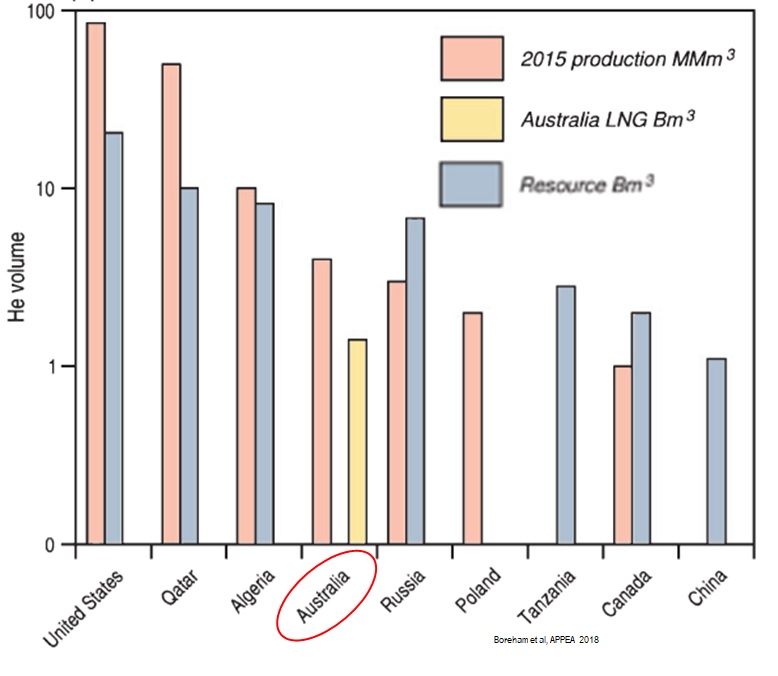About Helium and Hydrogen
Helium Market
Helium is a non-renewable, finite resource critical for a vast number of low-carbon technologies. The requirement for helium is rapidly increasing particularly in the medical, technology and defence sectors with current global demand far exceeding supply.
Helium Uses
Helium is an inert gas and has the lowest cooling temperature making it invaluable for medical and manufacturing and scientific industries. Its main applications are as a super coolant for cryogenic applications, in specialized welding and pressurized applications
Helium Exploration and Production
Most discovered helium resources were made fortuitously by companies exploring for hydrocarbons with the majority of helium on the global market being sourced from natural gas wells which contain relatively low concentrations of helium (<0.5%). The US and Qatar supply most of the current helium production, however resources are being rapidly depleted and there is an urgent need to explore for new opportunities in politically stable countries to meet future demand.
Australia is well placed to meet this demand with helium discoveries in many basins, including world class helium discoveries in the Amadeus Basin, Central Australia and established gas infra structure. Helium is currently being extracted from LNG tail gas at the Darwin LNG plant

Volume of helium produced per country
Distribution of helium in onshore and offshore Australian Basins (Boreham, 2018)
Natural Hydrogen
Natural hydrogen in the Earth’s subsurface provides an alternative, clean, carbon free fuel which can be extracted for commercial use. Unlike hydrogen being currently produced from water electrolysis, it requires no additional energy input from either fossil fuels (coal/natural gas) or renewables. Natural hydrogen is being continuously generated across a wide range of geological settings, depths and temperatures around the world including with companies currently exploring in Australia, East Africa, Oman, Spain and the USA.
Hydrogen Uses
- A replacement for natural gas in heating and cooking
- Transportation e.g hydrogen cell buses
- Manufacturing industry as an alternative chemical feedstock to gas and coal
- Energy storage – renewable energy (solar, wind) is converted to hydrogen and stored in the subsurface e.g. salt caverns or depleted gas fields
Hydrogen Occurrences in Australia
Exploration for natural hydrogen is in its infancy with most discoveries having been made as a result of fossil fuel exploration and mining. The occurrence of free hydrogen was initially thought to be rare, but this is largely an artefact of limited sampling, inadequate sensor tools and because hydrogen is the lightest gas it readily escapes into the atmosphere. Many Australian natural gas discoveries contain hydrogen at relatively high percentages which can be further enriched through LNG processing (as with helium).





